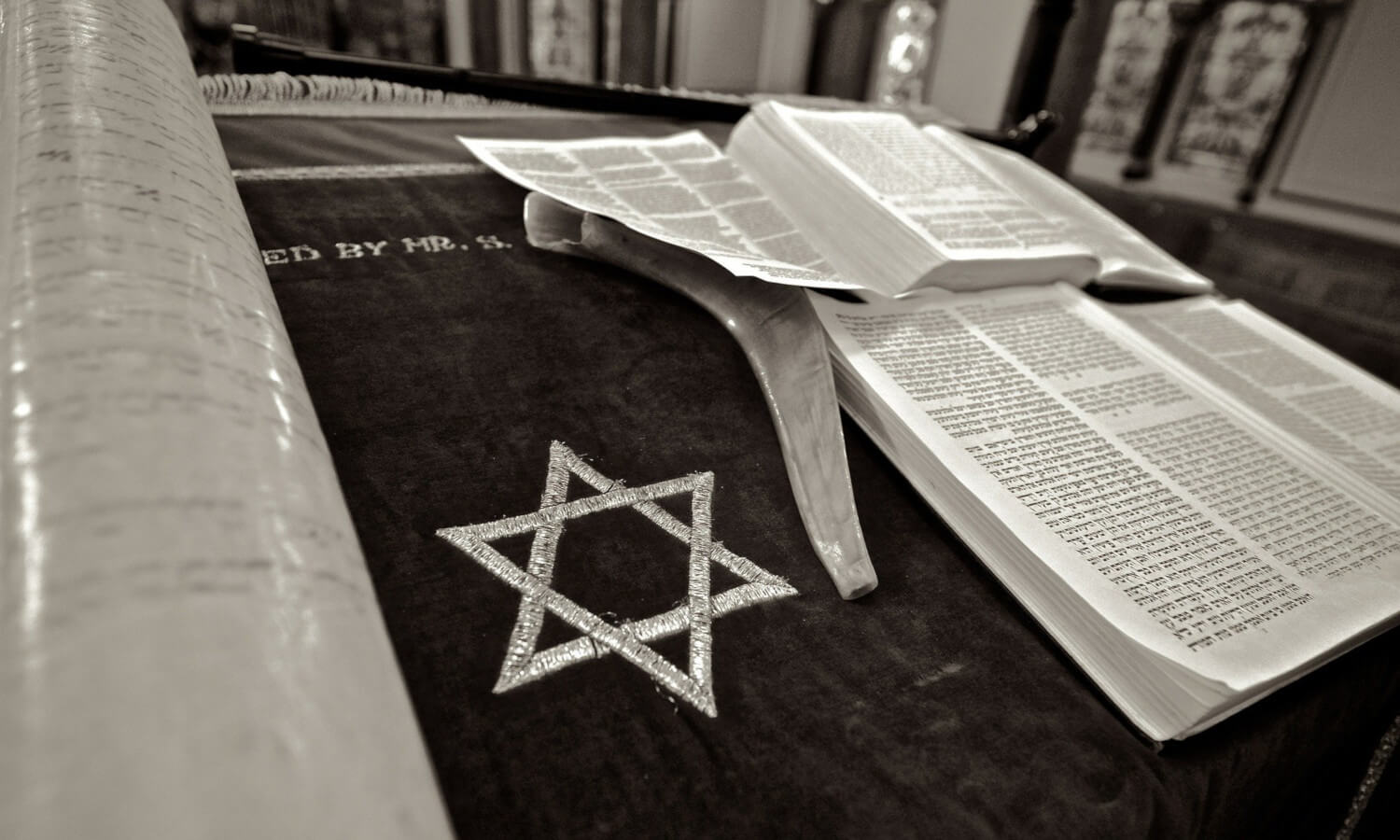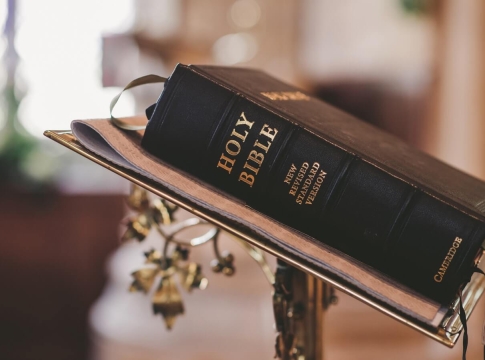
To put it succinctly, the answer is no longer in the tabernacle. Let us take a closer look at the background of Jewish shrines.
The tabernacle
We read about a unique time in the history of the people of Israel in the book of Exodus. They were traveling to Canaan, which would serve as their permanent home after God delivered them from slavery in Egypt. Over forty years passed during this time of travel. The people didn’t trust God to conquer the land when they stood at its borders, which is primarily why the trek took so long.
They had to stay in the desert for a further forty years until the following generation had grown up and moved into the area. The Israelites had a place to stay throughout their journey that they could carry with them. This type of tent was known as the tabernacle.
The first temple
The tabernacle was erected in Shiloh when the Israelites first arrived in the country of Canaan, however it was eventually relocated to various locations. After David came to power, he intended to construct a temple in Jerusalem as a more permanent home for God.
But God forbade him from doing so, saying, “This is the word of the Lord: You will not build Me a house to dwell in. One of your own sons will be raised up by me after you, and I will establish his empire. I will establish his throne forever, and he will build Me a house (1 Chronicles 17:4; 17:11–12).
The temple was constructed by King Solomon, the son of David, fulfilling a prophecy. Though much larger, the temple’s design was modeled after the tabernacle’s. Watch the video below to get a sense of this unique temple.
The religious hub of Israel was the Jerusalem temple. Here, the populace prayed to God, celebrated the big religious feasts, and made sacrifices. Even while it was obvious that the Lord did not actually “live” in the temple, it was nonetheless a place where He was particularly felt.
King Solomon articulates this in his prayer during the temple’s dedication: “O Lord, my God, have regard to the prayer of Your servant and to his plea, that Your eyes may be open day and night toward this house, the place where You have promised to set Your name […]” And hear from heaven, where You reside, and pardon when You hear (2 Chronicles 6:19-21).
Solomon’s temple was destroyed
The people of Israel were subject to God’s wrath after decades of flagrant disobedience and serious immorality. Their land was devastated and they were banished. The Israelites had thought it was inconceivable that the Lord would even permit their attackers to destroy the temple.
“And now, for all these things that you have done, declares the Lord, and for not listening to my repeated words of instruction and your lack of response to my calls, I will do to the house that is called by My name, and in which you put your trust, and to the place that I gave to you and your fathers, as I did to Shiloh,” the Lord says, completely destroying it (Jeremiah 7:13–14).
Eventually, the king of Babylon sent the captain of his bodyguard to Jerusalem. “And he burned the house of the Lord and the king’s house and all the houses of Jerusalem; every great house he burned down” (2 Kings 25:9, see also 2 Chronicles 36:18-19). The destruction of the temple was a shock for many people. The loss of God’s dwelling place among them filled them with dismay.
“O God, why do you cast us off forever?
…
Your foes have roared in the midst of your meeting place;
they set up their own signs for signs.
They were like those who swing axes in a forest of trees.
And all its carved wood they broke down with hatchets and hammers.
They set your sanctuary on fire;
they profaned the dwelling place of your name, bringing it down to the ground.
…
Arise, O God, defend your cause;
remember how the foolish scoff at you all the day!” (Psalm 74)
The second temple
A new temple was constructed by the Jews who had survived the exile. Even though it was nothing like Solomon’s temple (Ezra 3:10–13; Haggai 2:3–4), this temple was nonetheless the focal point of worship for Israel once more. Centuries later, this temple was renovated into a much larger and more exquisite sanctuary by ruler Herod the Great, a Gentile ruler chosen by the Romans to lead the Israelites. Jesus frequently visited this temple.
But He foretold, “Truly, I say to you, there will not be left here one stone upon another that will not be thrown down” in reference to the temple’s structures (Matthew 24:2). Indeed, the Romans completely demolished the temple in AD 70. It hasn’t been rebuilt as of yet. Jews still visit the Temple Mount to pray, however just a portion of the wall is still there.
Judaism without a tabernacle or temple
Jews study the Bible in synagogues across the globe (more specifically, they study the Torah and the other books of the Old Testament since [they reject the New Testament as God’s Word]).
These days, this is the primary emphasis of Judaism, along with charity and prayer [1]. After all, temple worship is currently unfeasible. This truly is a loss. It does not, however, imply that forgiveness and atonement are completely unattainable. For Jews, there are “alternative rules” that govern their exile.
King Solomon mentioned this circumstance in his prayer during the temple’s dedication, asking God to pardon the people if they sincerely repented (in a circumstance where making sacrifices would be impractical) (2 Chronicles 6:36-39). Forgiveness ultimately depends on [the last sacrifice of the Messiah], not on animal sacrifices or other rites (John 1:29). Just a small percentage of Jews still believe that Jesus Christ is the prophesied Messiah. We eagerly anticipate the day when this will alter and the full blessings of the new covenant will also be extended to the Jewish people.
A third temple?
According to Orthodox Jews, there will be a third temple where they will be able to offer sacrifices once more. The majority of Jews believe that when the Messiah arrives, the temple will be rebuilt. Rebuilding the temple has already been attempted multiple times, but it is an extremely difficult undertaking, particularly as Muslims consider the Temple Mount to be a sacred site and oppose the construction of a Jewish temple there.
There are multiple predictions concerning a new temple found in the Old Testament. See, for instance, Ezekiel chapters 40–46, Zechariah 6–12–13, and Jeremiah 33–17–18. Some Christians believe that the construction of a new temple in Jerusalem will practically fulfill these prophesies.
Though not in a literal sense, most Christians believe that these prophesies have already come to pass. Numerous Bible scriptures in the New Testament suggest that the church—a group of individuals who acknowledge Jesus Christ as the Messiah—is God’s new temple. See, for instance, 1 Peter 2:4-5; Ephesians 2:19–22; 2 Corinthians 6:16; and 1 Corinthians 3:16–19.
Many aspects of the temple ritual are applied to Jesus in the letter to the Hebrews: He is the final sacrifice and the ultimate Priest, and people can approach God’s presence via His atoning death without the necessity of a curtain dividing them from the Holy of Holies, as it was in the temple. All of these would suggest that there is no need for a new temple. Everything has been fulfilled by Christ.
[1]Atonement-in-the-Absence-of-Sacrifices





